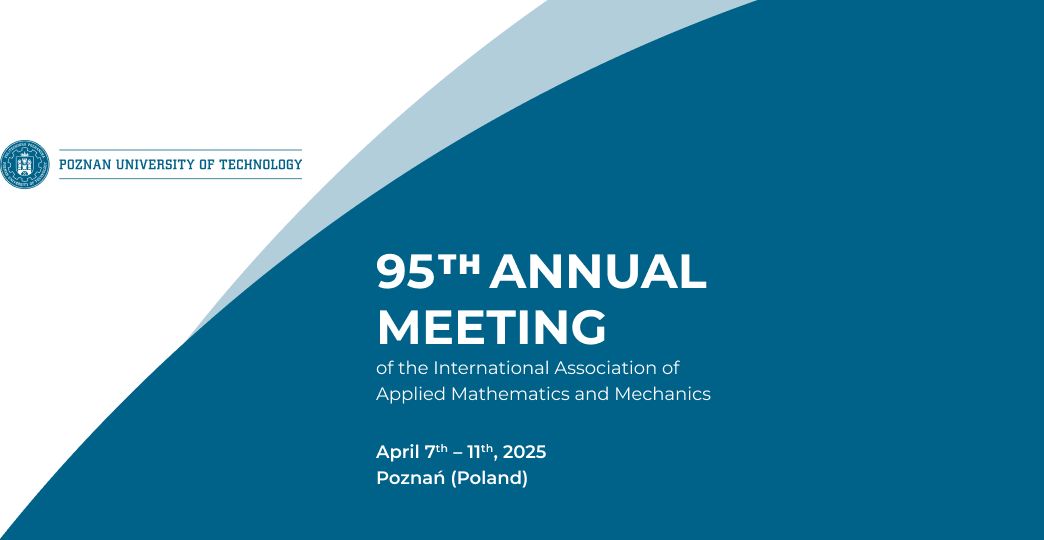Speaker
Description
Several canonical flows, particularly the square-duct flow, have laminar solutions that remain stable to small disturbances regardless of the Reynolds number. Consequently, the laminar solution remains an attractor in its finite neighborhood, and any non-laminar states are related to the emergence of unstable, invariant solutions that remain separated, in the linear sense, from the laminar solution. These invariant solutions appear in the state space through saddle-node bifurcations and attract the flow state along their stable manifold to later eject it along their unstable directions towards other such states. In this sense, such invariant sets constitute the scaffold of the turbulent attractor and hold a governing role over the turbulent dynamics.
This research focuses on the identification and characterization of several streamwise localized solutions in the turbulent square-duct flow. These solutions represent the first reported localized invariant solutions for square-duct turbulent flow, marking a significant advancement in our understanding of turbulence transition in this configuration.
To identify localized solutions, we employ a combination of advanced numerical techniques, including edge tracking by bisection and Newton-Krylov iterations. Stability analysis is performed using an Arnoldi method-based eigenvalue algorithm. The identified solutions seem to lie within the turbulent attractor, which manifests in the statistical view of the turbulent flow. At the same time, the identified solutions are local edge states when certain symmetries are invoked, with their respective stable manifolds of codimension one. The multitude of edge states means that each such state is a local rather than a global attractor within the edge subspace. Consequently, the respective stable manifolds of each identified solution only locally define the boundary between laminar and turbulent basins of attraction. One of the key implications of this is that the edge seems to be formed by a number of intersecting codimension one hypersurfaces, each only locally separating the state of the flow from the laminar solution. This leads to the conjecture that, at least for a range of Reynolds numbers, the turbulent state may not be fully enveloped by the laminar-turbulent edge, with turbulence in square-duct flow remaining inherently transient.
In summary, this work unveils the first streamwise localized invariant solutions in square-duct turbulent flow, identifies them as local edge states in the symmetric subspace of the full space, and suggests that the turbulent state is a long chaotic transient rather than a stable attractor. These findings significantly impact our understanding of turbulence and its underlying dynamics.

